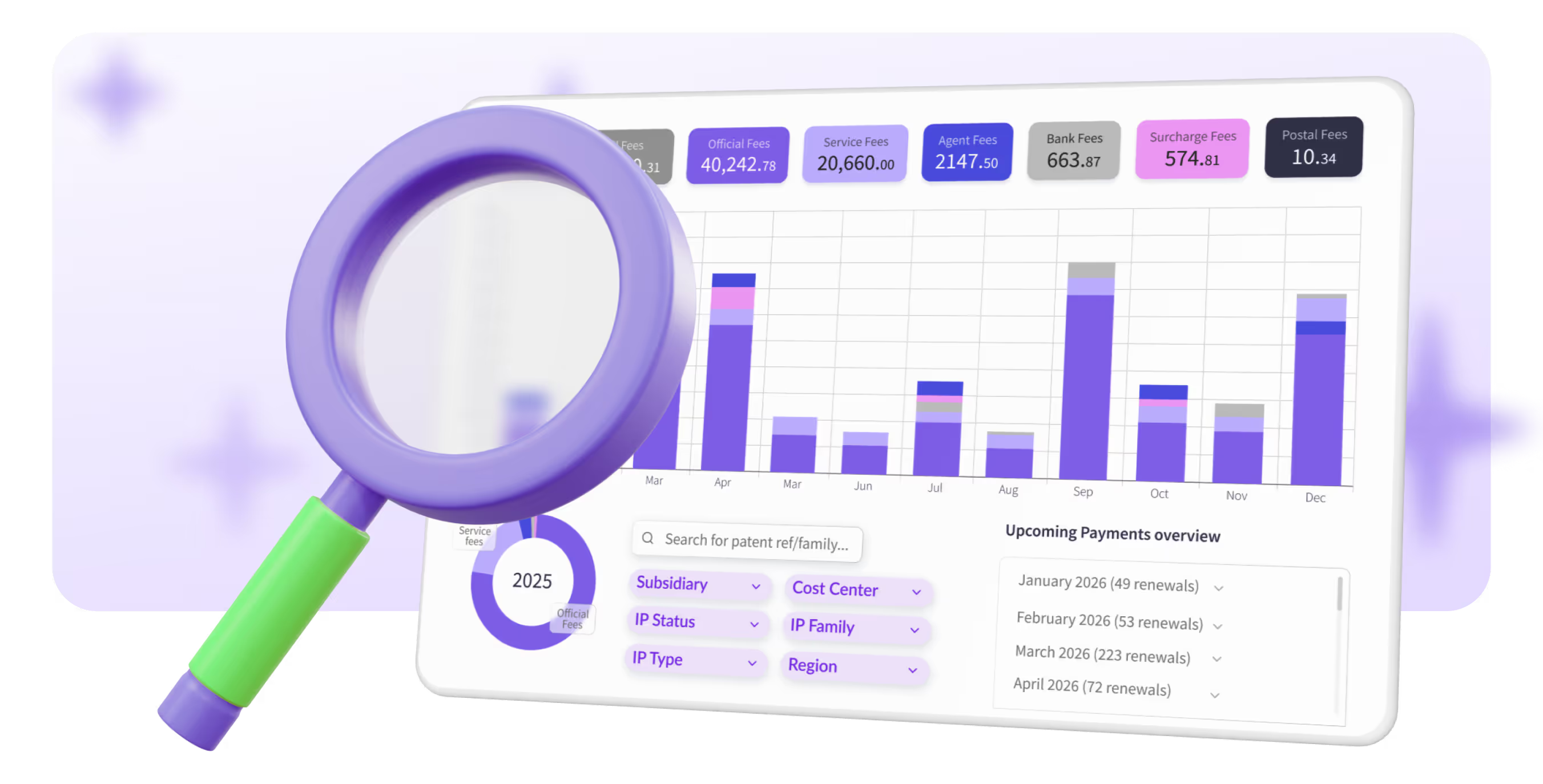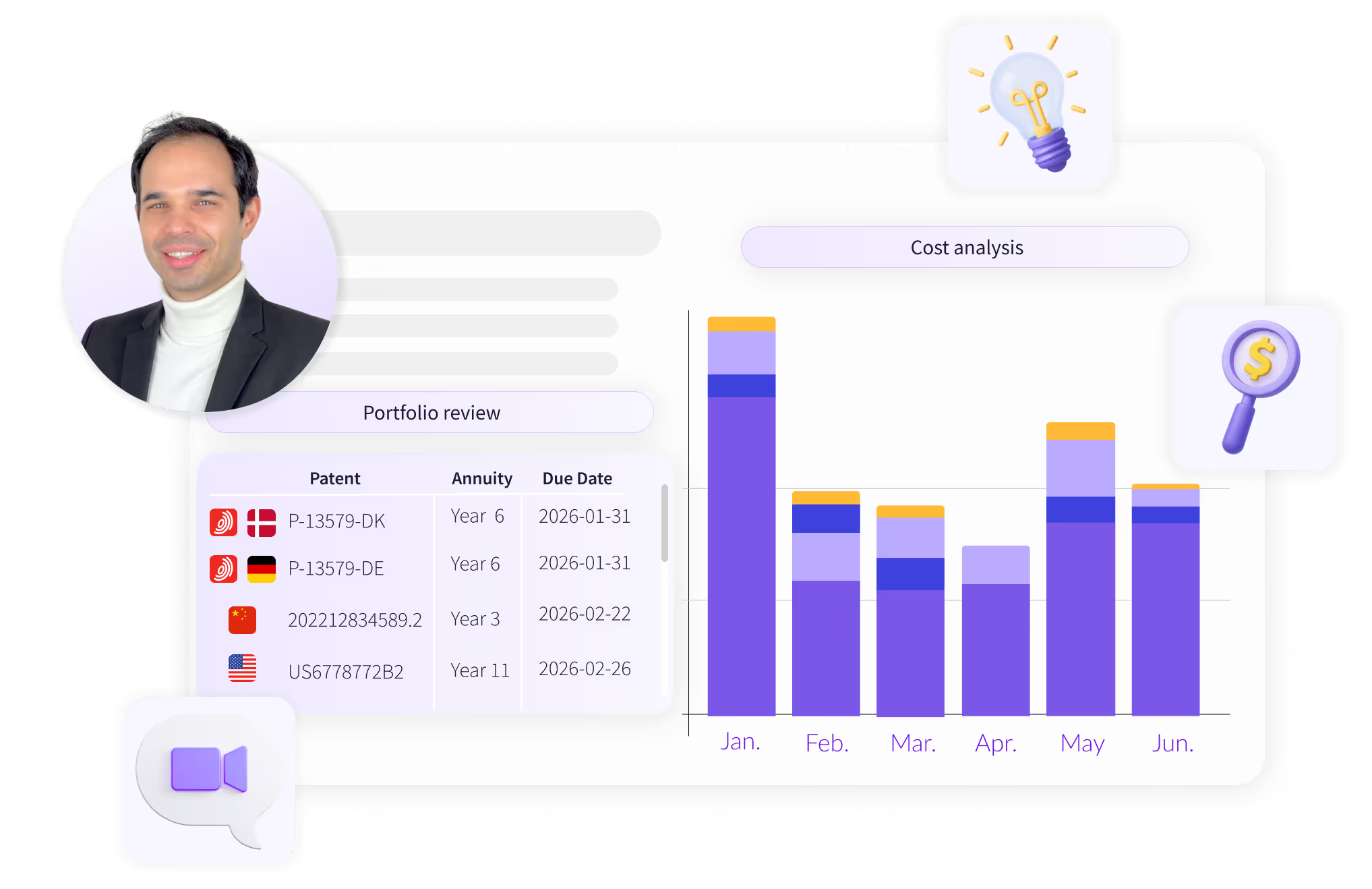TRY OUR NEW (FREE) IP RENEWAL COST CALCULATOR
Calculate
.avif)
The plastic shopping bag has transformed from a simple Nordic innovation into a global phenomenon with vast economic and environmental implications. The Nordic design and the subsequent patents around plastic bags shaped the packaging industry, but they also sparked a series of innovations aimed at improving the material’s functionality, sustainability, and impact on the environment. In this blog post, we explore the patent history of the invention of plastic bags.

The story of the modern plastic shopping bag begins with Swedish engineer Sten Gustaf Thulin, who patented a method for producing a simple yet durable plastic bag in 1965. Thulin’s design was revolutionary because it created a single-piece plastic bag from a tube of material, using welding and die-cutting techniques to form handles that could support heavy weights. This patent, granted to Celloplast AB, positioned plastic bags as a cheaper, more durable alternative to paper bags.
Thulin’s process involved using polyethylene (PE), a versatile and lightweight plastic. What made his bag unique was its strength-to-weight ratio—it could carry significant loads despite being extremely thin. The simple production method also meant that the bags could be mass-produced inexpensively, making them highly attractive to retailers.
As the use of plastic bags grew, so did the environmental concerns. By the late 20th century, single-use plastic bags had become a symbol of throwaway culture. Up to 5 trillion plastic bags are consumed each year. Most plastic bags end up in landfills or, worse, the oceans, where they contribute to the estimated 8-10 million tons of plastic waste entering marine ecosystems annually.
The durability that made plastic bags so useful also made them highly problematic in the environment. A typical plastic bag takes between 500 and 1,000 years to degrade, leading to long-term pollution. Plastic debris, including shopping bags, harms wildlife, with studies suggesting that around 100,000 marine animals die each year due to plastic waste.
In response to these growing concerns, governments around the world began introducing regulations to curb the use of plastic bags. One of the first countries to take action was Denmark, which introduced a plastic bag tax in 1994. The tax reduced plastic bag usage by 66% within 12 years. This model was soon adopted by other countries, including Ireland, where a 2002 plastic bag levy cut consumption by over 95%.
The European Union has been particularly proactive in this space. In 2015, the EU passed a directive requiring member states to reduce the average consumption of lightweight plastic bags to 40 per person per year by 2025. Similarly, countries like Kenya and Bangladesh have implemented outright bans on plastic bags, while cities like San Francisco were early adopters of local bans in the United States.

As governments have sought to reduce plastic bag usage, the market has responded with new innovations aimed at providing sustainable alternatives. For example, the US20110038564A1 patent introduced compostable, reusable bags made from biodegradable polymers, which are designed to be strong enough for multiple uses, addressing the environmental concerns surrounding single-use plastics. These bags are reducing the need for single-use plastic.
At the same time, research into biodegradable plastics has led to the development of bags that break down more quickly in the environment. For instance, the US6960374B1 patent describes a plastic bag composed of polyethylene mixed with cornstarch-based additives, which help speed up the degradation process. However, while biodegradable bags may seem like a promising solution, they are not without their limitations. Many of these bags require specific conditions—such as industrial composting facilities—to decompose fully, which limits their effectiveness in reducing waste.
Another promising innovation is oxo-biodegradable plastic, which uses additives to accelerate the breakdown of traditional polyethylene under environmental stressors like heat and sunlight. Although still debated among environmentalists, some studies suggest that oxo-biodegradable bags degrade faster than conventional plastic, helping to reduce their environmental impact.
Looking forward, the future of plastic shopping bags is likely to focus on further reducing the environmental footprint through continued innovation. Several companies and researchers are exploring bio-based plastics that could fully replace petroleum-based polyethylene. Materials derived from algae, seaweed, and even mushrooms are being studied for their potential to provide both durability and biodegradability.
At the same time, circular economy models are gaining traction. These systems focus on creating a closed-loop for materials, ensuring that plastic bags can be recycled back into the production chain. This approach has already seen some success, with companies like Loop Industries developing processes to break down and repurpose plastic waste into new products.
A more sustainable option is to use textile bags made from materials like cotton, hemp, or jute, which can be reused many times, reducing plastic waste. To minimize environmental impact, it's best to bring your own textile bags to stores or opt for reusable glass containers for groceries, further cutting down on single-use packaging. These small changes help promote long-term sustainability in everyday shopping.
Learn more about other Nordic innovations, different intellectual property types, and IP-related news and statistics by exploring our blog.
Interested in a free IP renewal consultation? Benchmark your current IP renewal setup and costs against market standards.
